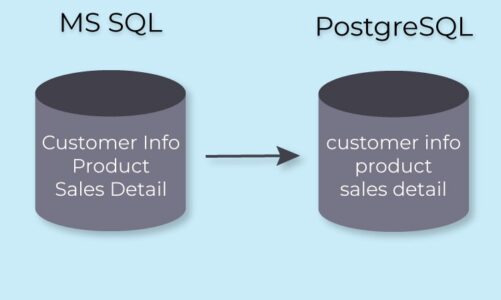So, you’ve mastered the fundamentals of patch management in Linux. But what comes next? In this guide, we’ll explore advanced techniques to elevate your patch management game and ensure the security and stability of your Linux systems.
- Automating Patch Deployment
One advanced technique involves automating patch deployment processes. By leveraging automation tools, we can streamline the distribution of patches across multiple systems, ensuring timely updates without the need for manual intervention. With automation, patching becomes a seamless and efficient task.
- Implementing Rollback Strategies
Sometimes, despite rigorous testing, patches can introduce unforeseen issues. That’s where rollback strategies come in. By establishing rollback mechanisms, we can quickly revert to previous system states in the event of patch-related issues, minimizing downtime and mitigating potential disruptions.
- Utilizing Patch Testing Environments
Testing patches in a controlled environment before deployment is crucial. Setting up dedicated patch testing environments allows us to assess the impact of patches on system functionality without risking production systems. This proactive approach ensures that patches are thoroughly vetted before they go live.
- Integrating Security Information and Event Management (SIEM)
Integrating SIEM solutions into patch management workflows enhances threat detection and response capabilities. By correlating patching data with security event logs, we can identify patterns indicative of potential threats and take proactive measures to address them. SIEM integration strengthens overall security posture and reduces the likelihood of breaches.
- Leveraging Configuration Management Tools
Configuration management tools like Ansible and Puppet offer robust capabilities for managing system configurations and applying patches at scale. By incorporating patch management tasks into existing configuration management workflows, we can maintain consistency and compliance across diverse Linux environments.
- Implementing Zero-Day Patching Strategies
Zero-day vulnerabilities pose a significant threat to system security. Implementing zero-day patching strategies involves monitoring for newly discovered vulnerabilities and rapidly deploying patches to mitigate associated risks. Proactive monitoring and collaboration with security communities are key to effectively addressing zero-day threats.
- Enhancing Patch Reporting and Analysis
Comprehensive patch reporting and analysis enable organizations to gain insights into patching trends, identify areas for improvement, and demonstrate compliance with regulatory requirements. By leveraging advanced reporting tools and analytics, we can optimize patch management processes and make data-driven decisions to strengthen security posture.
Mastering advanced techniques in Linux patch management is essential for staying ahead of evolving cyber threats. By automating patch deployment, implementing rollback strategies, leveraging testing environments, integrating SIEM solutions, utilizing configuration management tools, implementing zero-day patching strategies, and enhancing patch reporting and analysis, we can ensure the security and stability of our Linux systems.
With these techniques in place, we can confidently navigate the complex landscape of patch management and protect our organizations from potential vulnerabilities.




